For rent: Spacious, one-family homes. All have lake and city views. High-rise or garden terrace available. © BCP 2010
So much for the recession. There’s still a building boom going on in Toronto, and it’s not just swanky condos for humans.
Above is a picture I took a weekend ago at Tommy Thompson Park, near the metal footbridge about halfway out to the lighthouse. If you look closely at the trees in the photo, you’ll notice they are punctuated by hundreds of large nests — currently vacant. But they are soon to be occupied once again, as soon as the cormorants return from their southern migration. Then there will certainly be more stories to tell, as the pro- and anti- cormorant factions start up again.
In the meantime, some of the animals that never left for the winter are busy building. On March 1, I put up a picture of a very large, newly renovated and particularly well-built beaver lodge at Humber Bay Park.
In the foreground of the photo above is another beaver lodge, this time a much messier-looking one (clearly this beaver family hasn’t been to the Martha school of home-making) near the metal footbridge at Tommy Thompson Park (familiarly known to one and all in the Big Smoke as the Leslie Street Spit.) This beaver family seems to have been in a hurry when it threw this house together. But I know that building has started up again this spring, as throughout the park there is ample — even scary — evidence of the beaver’s, er, mouthworks.
The Leslie Street Spit beaver clan are back in the tree-cutting business this spring. © BCP 2010
Everywhere you look along the paths and main road of Tommy Thompson Park are felled trees. What took Mother Nature years and years to grow, a determined beaver can bring down in a few nights’ work.
I do get that this is the way of the world — the big picture, so to speak. But beavers are meant to live and do all their busy buidling work in completely wild areas where the forests and marshes and fens are in every stage of sucession. If a family of beavers mows down a few hundred trees around a pond in Algonquin Park, no worries, mate! But move the same family of beavers to an urban wilderness….it doesn’t work quite as well.
A closer view of the beaver lodge at the Leslie Street Spit. © BCP 2010
The problem is especially acute at Ashbridge’s Bay, where the trees were planted, and there are not that many of them. Ten down at Ashbridge’s is a disaster for the other animals the beavers share the park with.
Damage or not, how wonderful it is to live in a city where a short walk can take us to another largely unseen world, a world that comes alive at dusk, where such concentrated effort, and single-mindedness of purpose results in the entirely ingenious construction that is the beaver lodge. I may damn the loss of the trees, but am dam glad for the beavers.
© BCP 2010

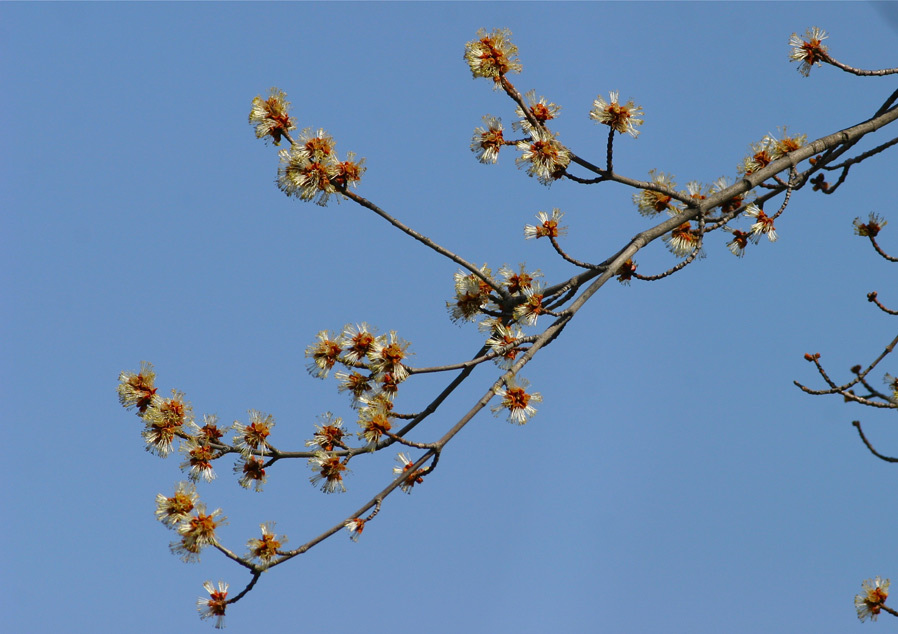

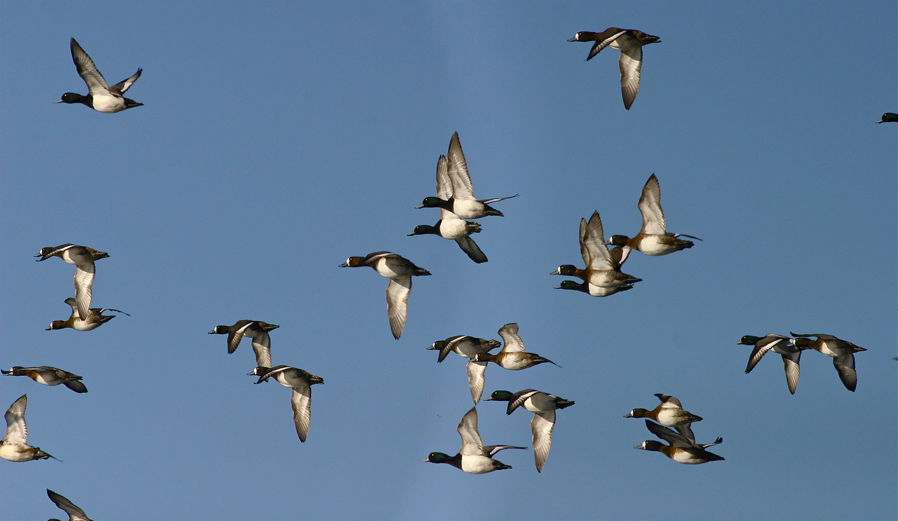

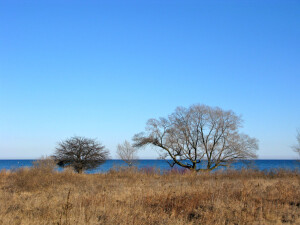
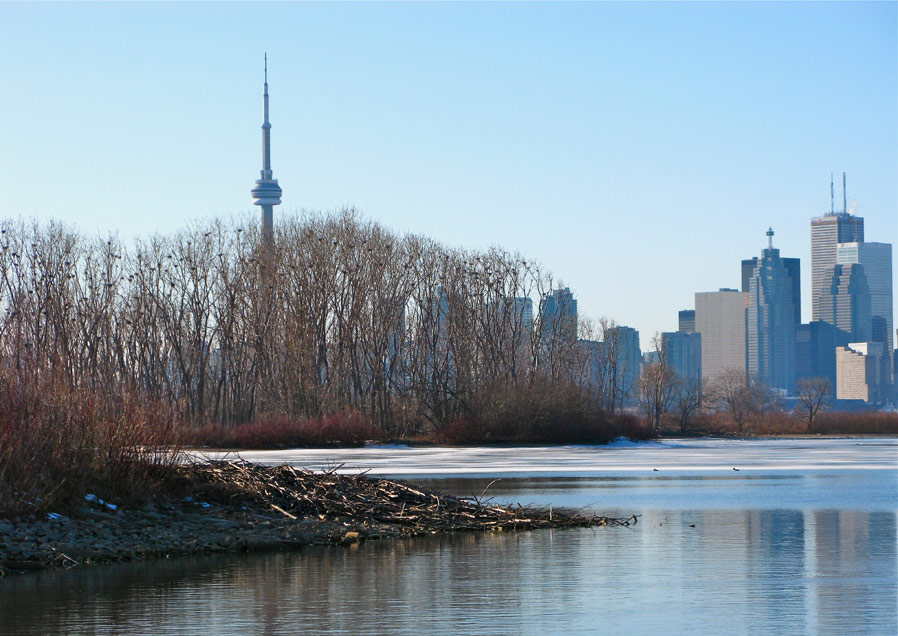
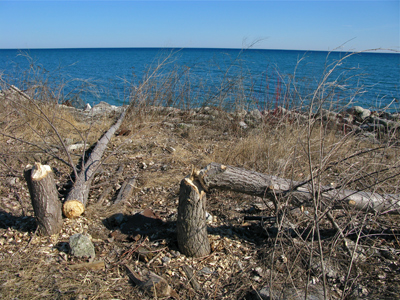
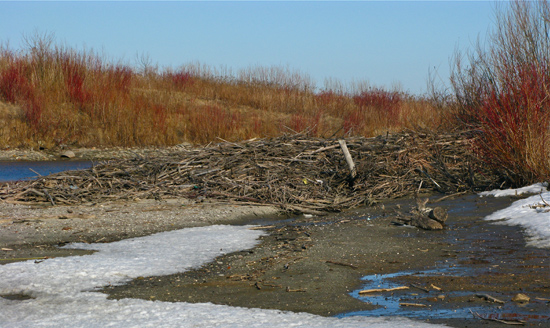
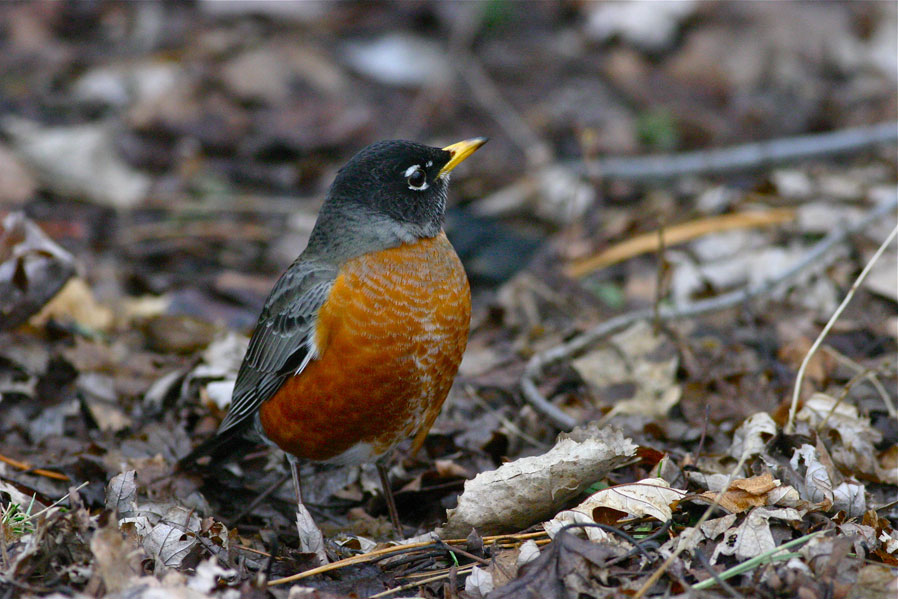
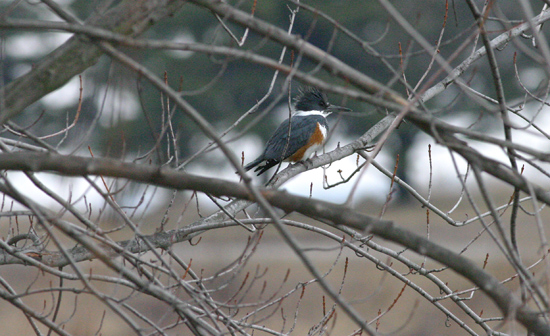
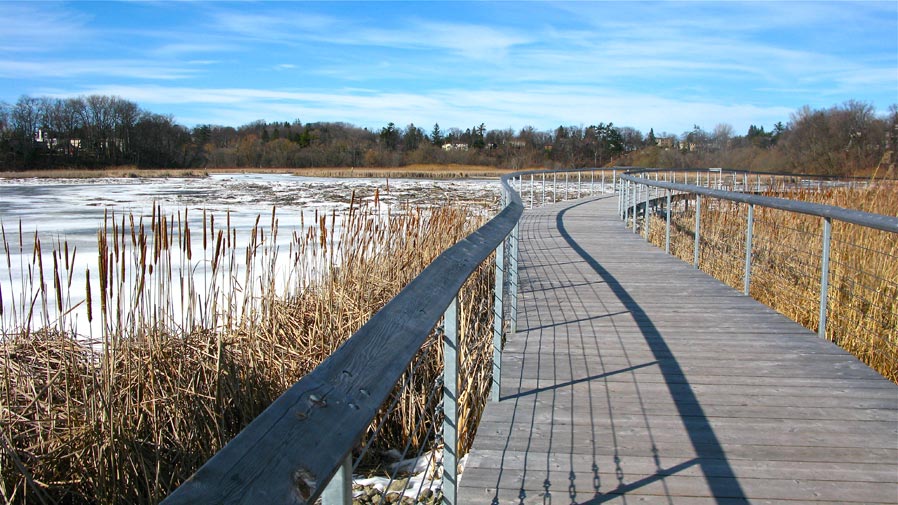
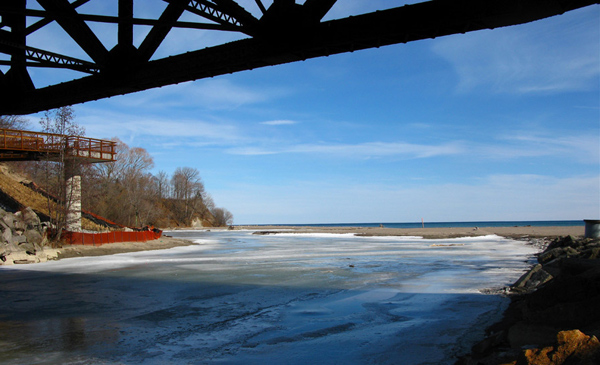

no comments